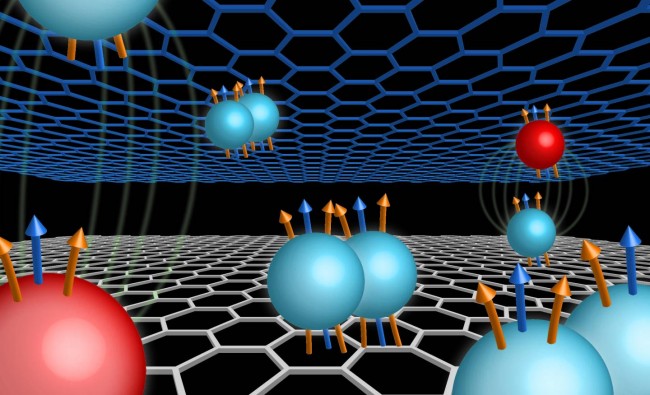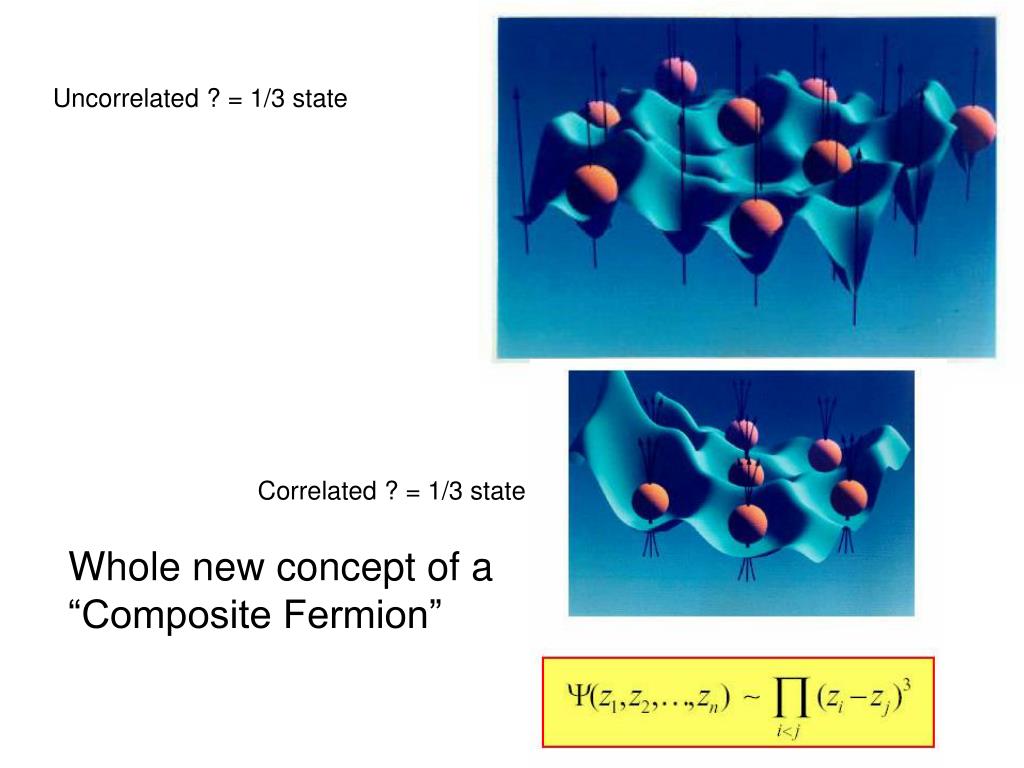
The realm of quantum physics continually reveals new phenomena that challenge our understanding of the universe. One such groundbreaking discovery is the identification of six-flux composite fermions, a novel quantum state that could revolutionize our knowledge of particle physics and quantum mechanics. This article delves into the intricacies of this discovery, its implications, and the potential it holds for future research.
Understanding Composite Fermions
Composite fermions are quasi-particles that emerge in two-dimensional electron systems subjected to strong magnetic fields. These fermions, first theorized by physicist Jainendra Jain in 1989, are formed when electrons combine with an even number of magnetic flux quanta, effectively altering their interactions and leading to phenomena such as the fractional quantum Hall effect. The discovery of six-flux composite fermions adds a new layer to this complex field of study.
The Significance of the Six-Flux Composite Fermions
The discovery of six-flux composite fermions is significant for several reasons. Firstly, it expands our understanding of quantum states and the behavior of particles in extreme conditions. Unlike the previously known two-flux and four-flux composite fermions, the six-flux variant introduces a higher level of complexity and interaction. This could provide new insights into the fundamental forces that govern particle behavior.
Experimental Evidence and Methodology
The discovery was made through a combination of advanced experimental techniques and theoretical modeling. Researchers used high-precision measurements of electron transport properties in two-dimensional electron systems under varying magnetic field strengths. By meticulously analyzing the data, they identified signatures indicative of the presence of six-flux composite fermions. These findings were corroborated by sophisticated computer simulations that predicted similar outcomes.
Implications for Quantum Computing
One of the most exciting implications of this discovery is its potential impact on quantum computing. Composite fermions, with their unique properties and interactions, could be harnessed to create more stable and efficient quantum bits (qubits). The six-flux composite fermions, in particular, might offer new ways to mitigate quantum decoherence, one of the major challenges in developing practical quantum computers. This could pave the way for more robust quantum computing systems with higher processing power and stability.
Theoretical Insights and Future Research
The discovery of six-flux composite fermions also opens new avenues for theoretical research. It challenges existing models and encourages the development of new theories to explain the behavior of these quasi-particles. Researchers will need to explore the underlying mechanisms that allow for the formation of six-flux composite fermions and how they interact with other particles and fields.
Future research will likely focus on detailed experimental studies to better understand the conditions under which these fermions form and their precise properties. Additionally, theoretical physicists will aim to integrate these findings into the broader framework of quantum mechanics and particle physics, potentially leading to new theories and models.
Potential Applications Beyond Quantum Computing
While the most immediate application of six-flux composite fermions might be in quantum computing, their unique properties could have broader implications. For instance, they could play a role in developing new materials with exotic electronic properties, which could be useful in various technological applications. Additionally, understanding these fermions could provide insights into other complex quantum systems, such as high-temperature superconductors and topological insulators.
Conclusion
The discovery of six-flux composite fermions marks a significant milestone in quantum physics, offering new perspectives on particle interactions and quantum states. This novel quantum state not only enhances our theoretical understanding but also holds promise for practical applications, particularly in the field of quantum computing. As research continues, we can expect to uncover even more about these fascinating quasi-particles and their potential to transform technology and our comprehension of the quantum world.

